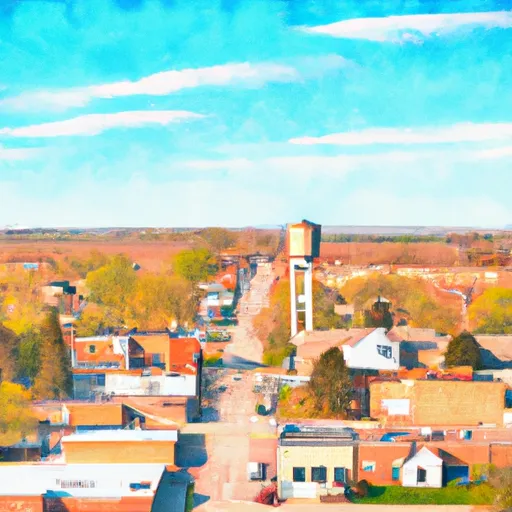°F
°F
mph
Windspeed
%
Humidity











Lime Springs is a small town located in Howard County, Iowa. It has a continental climate with warm summers and cold winters. The average temperature during summer ranges from 70°F to 85°F, while in winter, it can drop to 10°F to 30°F. Precipitation is relatively evenly distributed throughout the year, with an average annual rainfall of 36 inches.
The town is situated along the Upper Iowa River, providing opportunities for various outdoor recreational activities. Fishing enthusiasts can enjoy catching a variety of fish species like trout, walleye, and bass. Canoeing and kayaking are also popular on the river, allowing visitors to explore the scenic waterways and enjoy the tranquil surroundings.
Lime Springs boasts several parks and trails, offering opportunities for hiking, biking, and picnicking. Heritage Park, with its beautiful landscapes and playgrounds, is a favorite spot for families. The Prairie's Edge Nature Center nearby provides educational exhibits and trails to explore the local flora and fauna.
In conclusion, Lime Springs, Iowa offers a pleasant continental climate, access to the Upper Iowa River for fishing and water activities, and a range of outdoor recreational opportunities in its parks and trails.
Weather Forecast
Lime-Springs receives approximately 897mm of rain per year, with humidity levels near 81% and air temperatures averaging around 7°C. Lime-Springs has a plant hardyness factor of 4, meaning plants and agriculture in this region thrive during a short period during spring and early summer. Most plants will die off during the colder winter months.
Regional Streamflow Levels
111
Cubic Feet Per Second
193
Cubic Feet Per Second
45
Cubic Feet Per Second
5
Cubic Feet Per Second
Nearby Camping
| Camping Area | Reservations | Toilets | Showers |
|---|---|---|---|
| Waubonsie Trail Park | |||
| Finger Lakes State Park | |||
| Dry Fork | |||
| Macon Co Park | |||
| Binder Park | |||
| Drakesville City Park |



